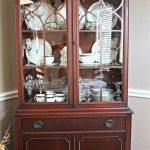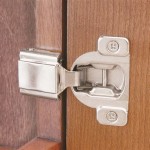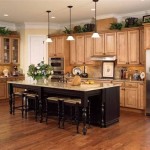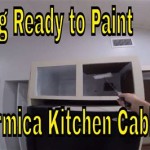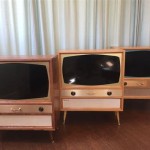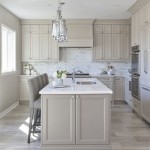How Do You Adjust Self Closing Cabinet Doors?
Self-closing cabinet doors add a touch of elegance and convenience to any kitchen or bathroom. However, these doors can sometimes become misaligned, causing them to slam shut, not close properly, or even get stuck. Fortunately, adjusting self-closing cabinet doors is a relatively simple process that most homeowners can handle themselves. This article will guide you through the necessary steps to ensure your cabinet doors close smoothly and quietly.
Understanding the Mechanism
Self-closing cabinet doors rely on a hydraulic mechanism within the hinge to control the closing speed. This mechanism usually consists of a piston and a spring. When the door is opened, the piston compresses the spring. As the door is released, the spring pushes the piston, slowing down the closing motion until the door gently shuts. Understanding this mechanism is crucial for identifying the source of any problems you might encounter with your self-closing doors.
Adjusting the Closing Speed
One common adjustment is to control the door's closing speed. Most self-closing hinges have a small screw located on the side of the hinge. Turning this screw clockwise will increase the tension on the spring, resulting in a faster closing speed. Conversely, turning the screw counterclockwise will reduce the tension, slowing down the closing speed. Experiment with small adjustments until you achieve the desired closing speed.
Adjusting Door Alignment
If your cabinet doors are not closing properly due to misalignment, you can adjust the hinges to correct the problem. Most hinges have two or three screws that can be used to adjust the door's position. The top screw usually controls the vertical alignment, while the bottom screw controls the horizontal alignment. You can also find screws for depth adjustment, which will push the door closer to or further away from the cabinet.
To adjust the door's vertical alignment, loosen the top screw on the hinge and move the door up or down until it lines up correctly. Then, retighten the screw. To adjust the horizontal alignment, loosen the bottom screw on the hinge and move the door left or right until it aligns properly. Tighten the screw again. For depth adjustment, loosen the appropriate screw and gently push or pull the door in or out until it sits flush with the cabinet.
Troubleshooting Common Problems
If you're still experiencing difficulties with your self-closing doors, consider the following troubleshooting tips:
- Check for obstructions: Ensure that nothing is interfering with the door's movement, such as items placed too close to the door or a loose knob that's hitting the cabinet.
- Clean the hinges: Dust, dirt, or grime accumulated in the hinge mechanism can cause friction and affect the door's closing speed. Clean the hinges with a soft cloth and a mild cleaning solution.
- Replace the hinge: If the hinge is worn or damaged, it may need replacement.
- Consult a professional: If you're unable to resolve the issue yourself, it's best to consult a professional cabinetmaker or repair technician.
By following these simple steps, you can make your self-closing cabinet doors function smoothly and efficiently. Remember to take your time and adjust the screws in small increments to avoid overtightening or damaging the hinges. With a little patience and attention, you can enjoy the convenience and elegance of self-closing cabinet doors for years to come.

Tec Soft Close Adjustment

Cabinet Hinges How To Adjust Doors

Soft Close Hinge Adjustment Overclockers Forums

Adjustable Soft Close Hinges

Kitchen Cabinet Hinge Adjustment A Step By Guide Tkdc

Kitchens How To Adjust These Soft Close Hinges On The Door Home Improvement Stack Exchange

How To Adjust Soft Close Hinges 7 Steps With Pictures Wikihow

How To Adjust Kitchen Cabinet Doors That Won T Close

How To Install Self Closing Cabinet Door Hinges Doityourself Com

How To Adjust Cabinet Door Hinges Concealed Face Frame
Related Posts

